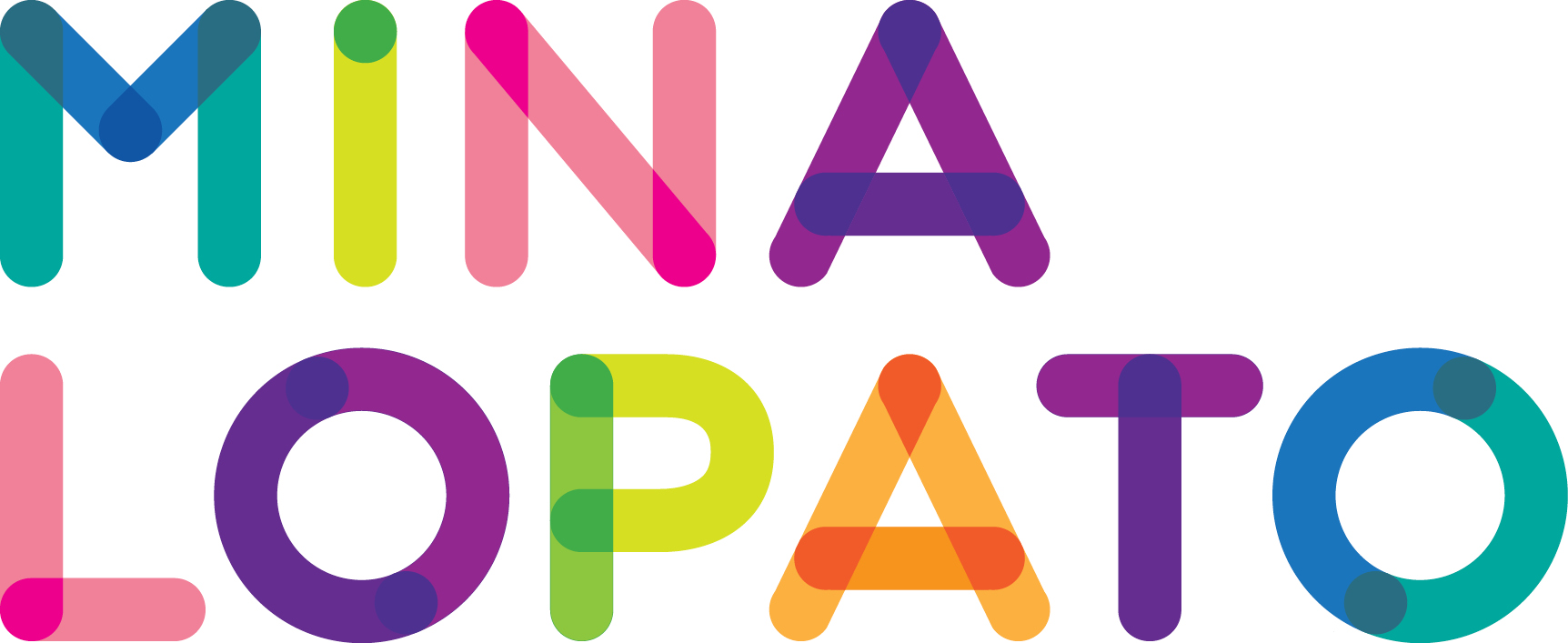The Festival of Purim
Mina Lopato children have been learning about the upcoming Jewish festival called Purim. They have been busy making a unique Shushan town of our own where the story takes place which will be up in the entrance of the school soon. Below is the story of Purim as well as Purim in a Nutshell to give you some background on this wonderful festival.
The Megillat / Story of Esther for children
Once upon a time in a town called Shushan, there lived a man called
Mordechai. He was a very good man, and always tried to help people and do
the right thing. Mordechai lived with his niece Esther, and they were Jewish.
In the same town there was a king called King Ahashverosh. He lived in a big
palace and had lots of money, but he was a bit lonely. He needed a new queen
to come and live with him in the palace. He looked everywhere and eventually
he decided that the one person he liked most of all was Esther, who was not
only pretty but also kind and very smart.
So Esther said goodbye to her Uncle Mordechai and went to live in the palace
with the King and become his queen, but she didn’t tell him she was Jewish.
Now there was a man who worked in the palace who was not very nice. His
name was Haman. He expected everyone to do exactly what he said, and to
bow down to him when they saw him, and he got angry if someone didn’t do
exactly what he wanted.
One day Haman met Mordechai, and Mordechai did not bow down to
him. Haman became very cross and he went to the King and said, “There are
some people around here who do things differently from other people, and I
think you should make them go away.”
The King didn’t really know what Haman was talking about, but he said “OK,
you can tell those people to go away, the ones who do things differently”.
What Haman wanted to do was to get rid of Mordechai and Esther and all their
Jewish friends!
The Jewish people were very sad, because they liked living in the kingdom and
they didn’t want to go away. What could they do?? Mordechai sent a message
to Esther at the palace, and the message said “Esther we need your help! That
nasty Haman wants to get rid of us all! Please talk to the King and ask him to
stop Haman.”
Queen Esther thought “I must be very brave” and she made a special dinner
for the King, with all his favourite foods. Then she invited the King and Haman
to come and have dinner with her. The King thought dinner was delicious, and
he was so happy that after he finished eating, he said to Queen Esther “What
can I do for you, to say thank you?”
Queen Esther said “Oh please, I need you to help me and my uncle Mordechai
and all our friends, because someone wants to make us go away”.
“That is terrible!” said the King, because he really liked Esther and he didn’t
want her to go away. “Who wants to get rid of you and your family and
friends?” Esther pointed at Haman and said “It’s him! Haman wants to get rid
of us!” “Oh no!” said the King, and he was very angry indeed. He called his
guards and said “Take away Haman and get rid of him instead!”
Then the king asked Mordechai to come and work at the palace and do
Haman’s job – but of course Mordechai was much nicer than Haman! And
nobody had to go and live anywhere else if they didn’t want to.
Mordechai did a really
good job working for the king, and Queen Esther made delicious biscuits called
Hamantaschen.
Purim is relevant today as it reminds us of the power a person has to change the fate of others by knowing that not to speak is to speak and that bravery is understanding consequences and choosing to act despite fear.Purim in a nutshell...
Reading of the Megillah (book of Esther), which recounts the story of Purim.
Giving money gifts to at least two poor people.
Sending gifts of two kinds of food to at least one person.
A festive Purim meal.
There is a spirit of liveliness and fun on Purim that is unparalleled on the Jewish calendar. It is customary for children to dress up and wear masks on Purim.
This year each child will make a dress up outfit at school based on Purim customs which will be worn on Purim Thursday 17 March
We also eat delectable three-cornered pastries, hamantashen These were traditionally filled with poppy seeds but now days can be filled with cheese, jam, chocolate or custard.
